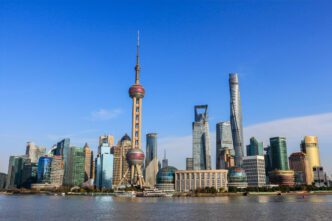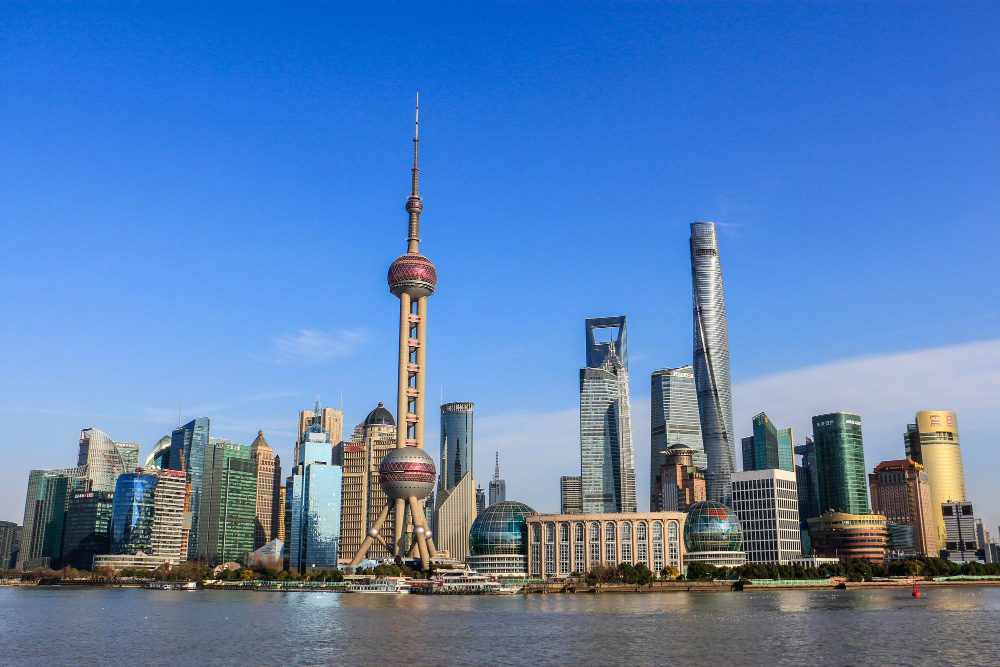Executive Summary
The Story So Far
Why This Matters
Who Thinks What?
China’s economic recovery registered a notable slowdown in August, with both factory output and retail sales reporting their weakest year-on-year growth since late last year, intensifying calls for Beijing to introduce further stimulus measures. Industrial output expanded by 5.2%, a decline from July’s 5.7%, while retail sales grew by 3.4%, slowing from the previous month’s 3.7%, indicating a broad deceleration across key economic indicators.
August Economic Performance
The National Bureau of Statistics reported that industrial output growth of 5.2% in August marked the lowest reading since the same month in 2024. This figure fell short of economists’ expectations and represented a cooling from the 5.7% increase observed in July.
Retail sales also experienced a significant slowdown, expanding by only 3.4% in August. This pace was the slowest since November 2024, continuing a downward trend from the 3.7% rise recorded in the preceding month, reflecting subdued consumer demand.
Further exacerbating concerns, fixed-asset investment grew at a slower-than-expected pace of 0.5% year-on-year for the first eight months of the year. This indicates a lack of robust investment driving economic expansion.
Underlying Economic Pressures
The domestic economy continues to grapple with a wobbly job market and an ongoing property crisis, which are significantly curbing internal demand. These structural issues pose substantial challenges to sustainable growth.
Unemployment edged up to a six-month high of 5.3% in August, highlighting persistent difficulties in the labor market. A less secure employment outlook often translates into reduced consumer spending.
The real estate sector remains a significant drag, with new home prices falling 0.3% last month from July and 2.5% on an annual basis. The continued decline in property values impacts household wealth and confidence.
Policy Outlook and Future Concerns
Economists are currently divided on the necessity and scope of further stimulus required to meet China’s annual growth target of “around 5%.” The government faces a delicate balance in implementing support without fueling new imbalances.
Manufacturers are also awaiting more clarity regarding a potential U.S. trade deal, which introduces an element of external uncertainty into their planning. Global trade dynamics continue to influence China’s export-oriented sectors.
There are growing concerns that China’s main economic indicators could worsen over the fourth quarter of the year. This potential deterioration is largely attributed to challenging base effects from the previous year, which could make current growth figures appear less favorable.








